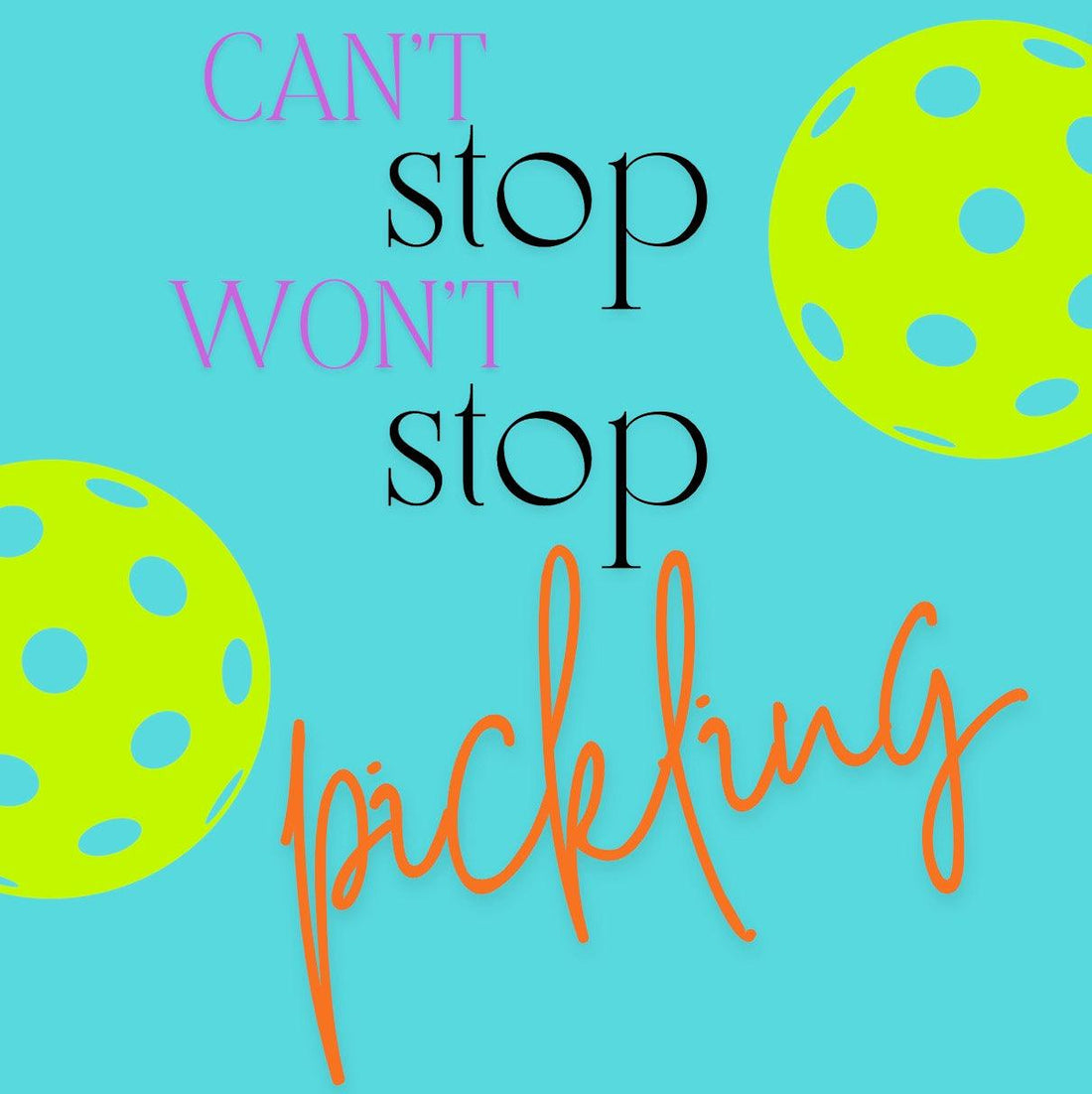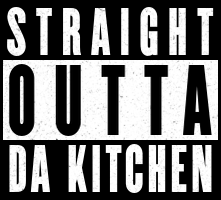
Why Pickleball is the Way It Is: A Deep Dive into the Sport's Unique Character
Share
Pickleball, once a lesser-known backyard pastime, has exploded in popularity, becoming one of the fastest-growing sports in the United States and around the world. But what is it about pickleball that makes it so special? Why has it captured the hearts of so many people, from young beginners to seasoned athletes, and even retirees? To understand why pickleball is the way it is, let’s look at its origins, rules, community, and the accessibility that defines this remarkable sport.
Pickleball’s Origins: Simplicity and Fun
Pickleball was invented in 1965 by three dads—Joel Pritchard, Bill Bell, and Barney McCallum—who were looking for a way to entertain their children. Using elements of badminton, tennis, and ping pong, they fashioned a new game in Pritchard's backyard. The intention was simple: create a game that anyone could enjoy, regardless of age or athletic ability.
The nature of its origin helped shape pickleball into a sport that emphasizes simplicity and accessibility. The rules are straightforward, making it easy for anyone to pick up a paddle and start playing within minutes. It’s this simplicity and approachability that form the core of why pickleball has taken off—it's fun, it's easy, and it's for everyone.
The Court and Equipment: Designed for All Ages
One of the key reasons why pickleball is the way it is lies in the size of the court and the nature of its equipment. The court is smaller than a tennis court, measuring 20x44 feet, which makes it less intimidating for beginners. This smaller court size, coupled with a slower-moving plastic ball, means that players don't need to cover as much ground or swing as hard to hit the ball, making the game more manageable for people of all ages and abilities.
Pickleball paddles are also lightweight and easy to handle. They allow players to focus more on strategy and placement than on brute strength, making it a sport that values finesse over power. This balance of skill and accessibility makes it attractive to anyone from kids to seniors.
A Blend of Strategy and Fun: The Nature of the Game*
Pickleball's unique blend of different sports also plays a role in its appeal. It combines the fast-paced action of tennis with the strategic, close-quarters play of badminton and ping pong. Games often feature long rallies, which makes it exciting to watch and play. This hybrid nature also allows players to use a variety of tactics—whether it’s dinking (softly hitting the ball just over the net), smashing, or positioning to outsmart their opponents.
What makes pickleball even more engaging is the fact that it’s a social game. Most matches are played as doubles, encouraging communication, camaraderie, and a lighthearted approach to competition. Even at competitive levels, the game retains a sense of fun that other sports sometimes lose.
4. Community and Culture: Inclusive and Social
The pickleball community is one of the most welcoming and inclusive in the sports world. Whether you’re a beginner or an advanced player, there’s a place for you on the court. Many recreational players are there for the social aspects just as much as the physical exercise. You’ll often find clubs or groups that gather for weekly matches or tournaments, where the focus is on having fun and making connections with others.
This sense of community helps explain why pickleball is the way it is. Unlike other competitive sports, pickleball has a culture that emphasizes cooperation, encouragement, and enjoyment over winning at all costs. It's not uncommon to see players of all skill levels and ages playing together, laughing, and sharing tips. The culture of pickleball is based on sportsmanship and inclusiveness, making it a sport where everyone feels they belong.
A Low Barrier to Entry: Affordable and Accessible
Another reason pickleball is the way it is can be traced to its affordability and low barrier to entry. Unlike some sports that require expensive equipment or memberships, pickleball is remarkably inexpensive to get started. All you need is a paddle, a few balls, and access to a court, many of which are free or low-cost at local parks and community centers.
This affordability, combined with the sport's ease of learning, makes pickleball an ideal choice for people of all income levels and backgrounds. Whether you're looking for a new hobby or a way to stay active without breaking the bank, pickleball has you covered.
Health Benefits and Longevity
Pickleball is also renowned for its health benefits, particularly for older adults. The sport provides a great cardiovascular workout while being gentle on the joints, thanks to its slower pace and smaller court size. It improves balance, hand-eye coordination, and reflexes, all while providing a fun and engaging way to stay fit.
Because pickleball is easier on the body than sports like tennis, it can be played well into older age. Many senior communities have embraced the sport for this reason, and it's become a fixture in retirement areas across the country. This longevity of play adds to the game's widespread appeal.
Conclusion: Why Pickleball Is Here to Stay
Pickleball is the way it is because it strikes a perfect balance: it’s simple yet strategic, social yet competitive, and affordable yet rewarding. From its humble backyard beginnings to its global rise, the sport has retained its core values of fun, inclusivity, and accessibility. Whether you’re looking for a new social activity, a way to stay active, or a competitive outlet, pickleball has something for everyone. And that’s why it’s more than just a passing trend—it’s a sport with lasting power.
So, if you haven’t yet picked up a paddle, now’s the perfect time to give pickleball a try and discover for yourself why it’s the way it is.
